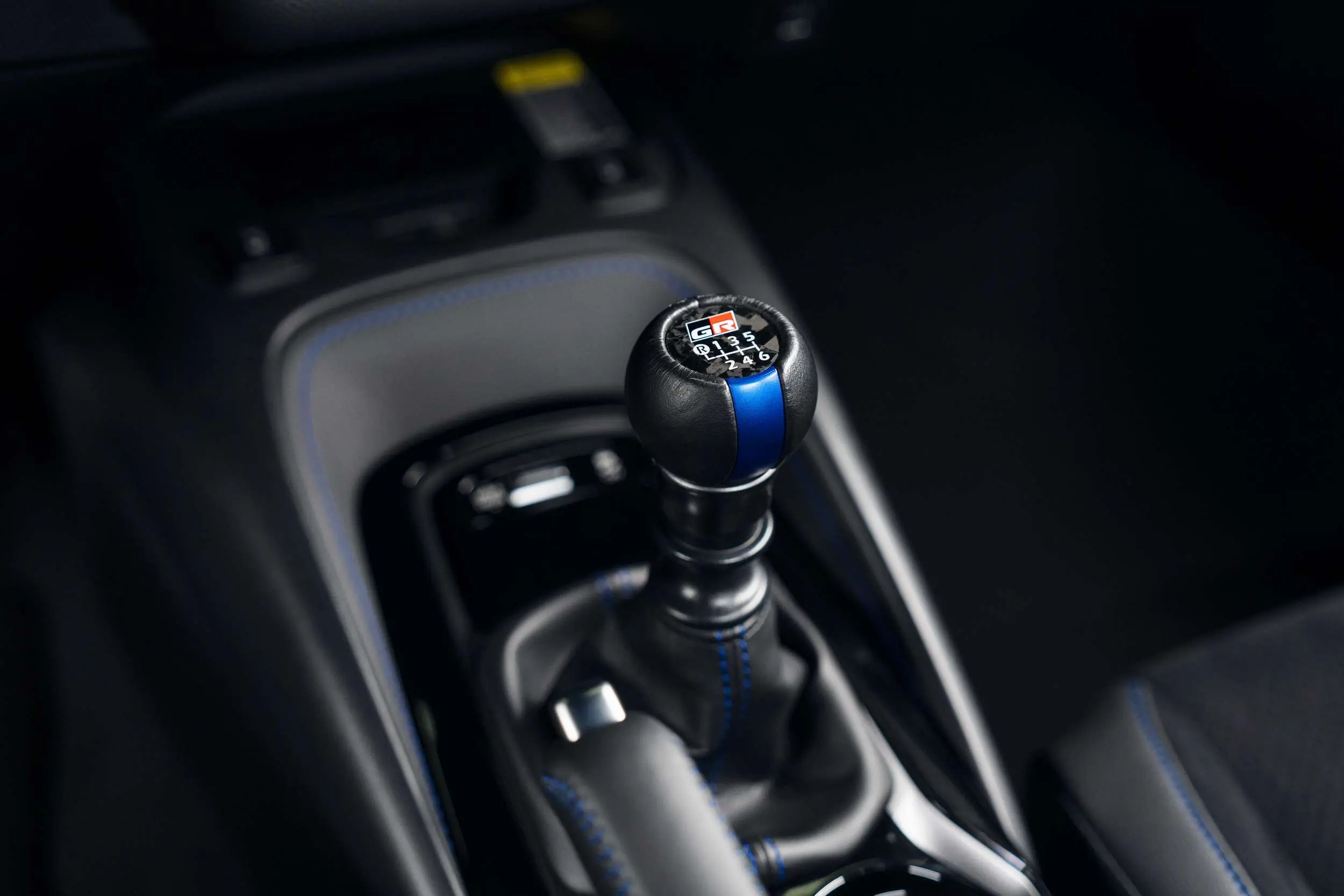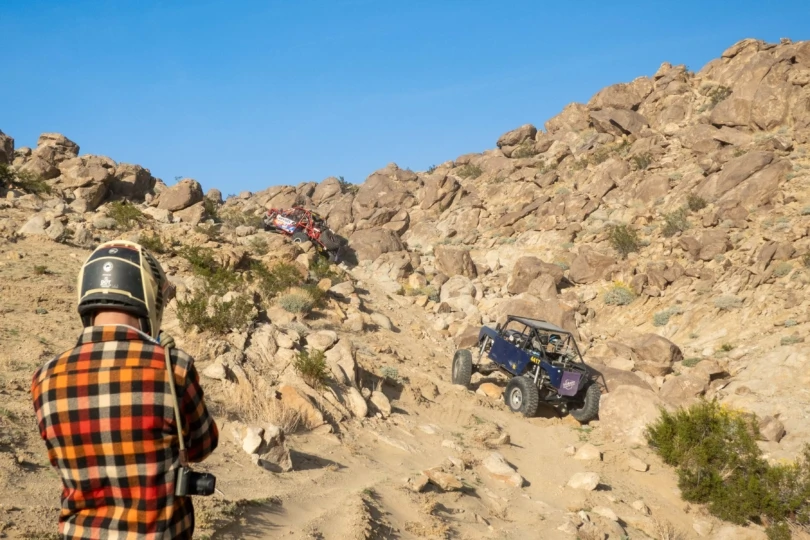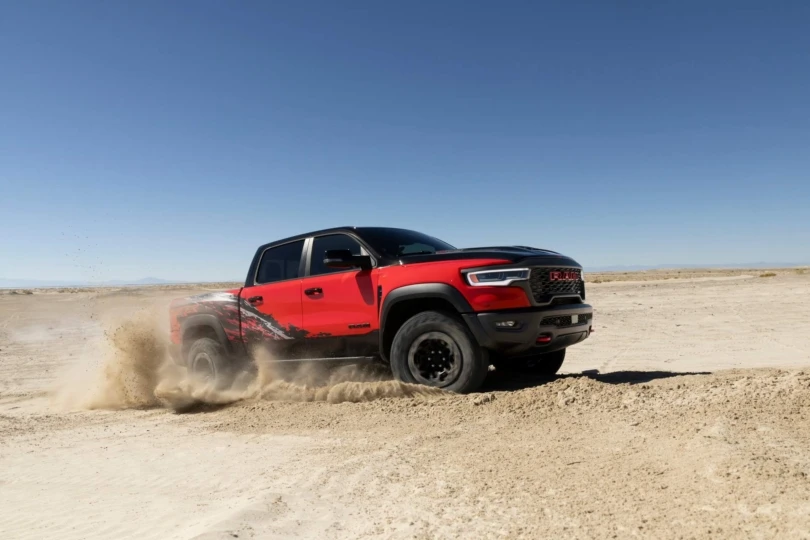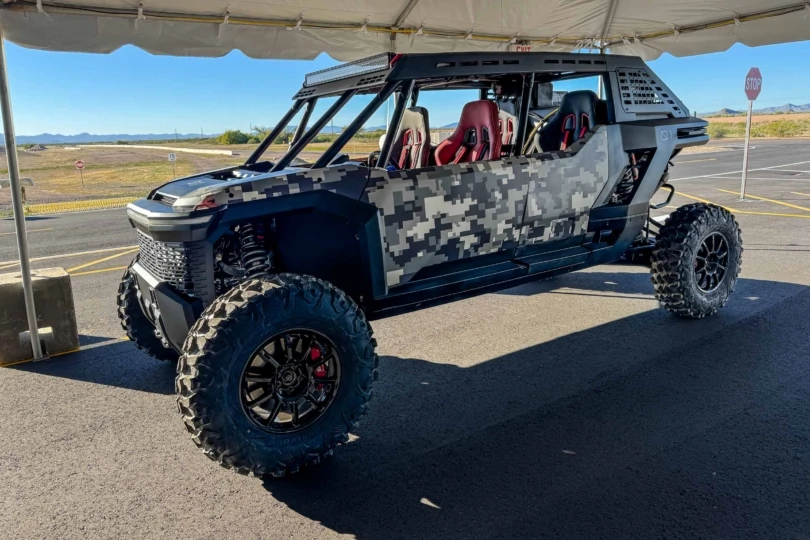Driving a manual car is a life skill everyone should know how to do, yet many don’t. Sure, automatic cars are the norm these days. But, you may find yourself needing to drive a manual car or truck every once in a while. And more importantly, vehicles with manual transmissions are just fun to drive!
This article will teach you the basics of how to drive a manual car.
Let’s start with a few tips: Getting behind the wheel of a manual transmission car can be tricky the first few times. Make sure to ask an experienced manual driver to help you with the process. Also, don’t start out in busy traffic until you have the basics under your belt.
This article is just a starting point. Once you get the hang of it, manual driving is awesome. There’s nothing like grabbing third gear after a quick acceleration on an on-ramp. Or, imagine driving a twisty mountain road, downshifting into hard corners. But, maybe not quite like Ken Block on your first go!
Plus, learning to drive a manual will teach you a lot about how cars work and give you a broader skill set on the road. If you’ve felt the allure of a manual transmission, read on, grab that stick shift, and get ready for the best driving experience of your life.
How to Drive a Manual Car

Steps for Manual Transmission Driving Success
1. Find Somewhere to Practice
The first thing to do before you start learning to drive a manual car is to find a safe place where you can learn. A large, empty, and flat parking lot is ideal. You will probably find yourself stalling often, and you do not want to risk running into anything or holding up traffic. A low-stress environment will help you learn much faster.
2. Learn the Pedals & Gear Shifter
The next thing to do is learn the parts of the car that might differ from your automatic car. The clutch is one of the key differences between an automatic and a manual vehicle.
The clutch is the third pedal on your manual car, the one on the far left. You’ll need to depress the clutch to start your car. You’ll also need to push in the clutch and then let it out slowly as you simultaneously press down on the gas pedal to engage a gear. This will make the vehicle move under its own power.
The gear shifter usually lives in the middle of the car between the passenger and driver seats. It should show you how each forward gear (usually five or six gears on modern cars) and reverse gear are laid out. The shift pattern is usually shown in a diagram on the top of the shift knob.
You will move the stick shift around based on which gear you want to be in. If it is in the middle, the gearbox is in neutral.
The brake and gas pedals will be in the same location as you would find on an automatic vehicle.
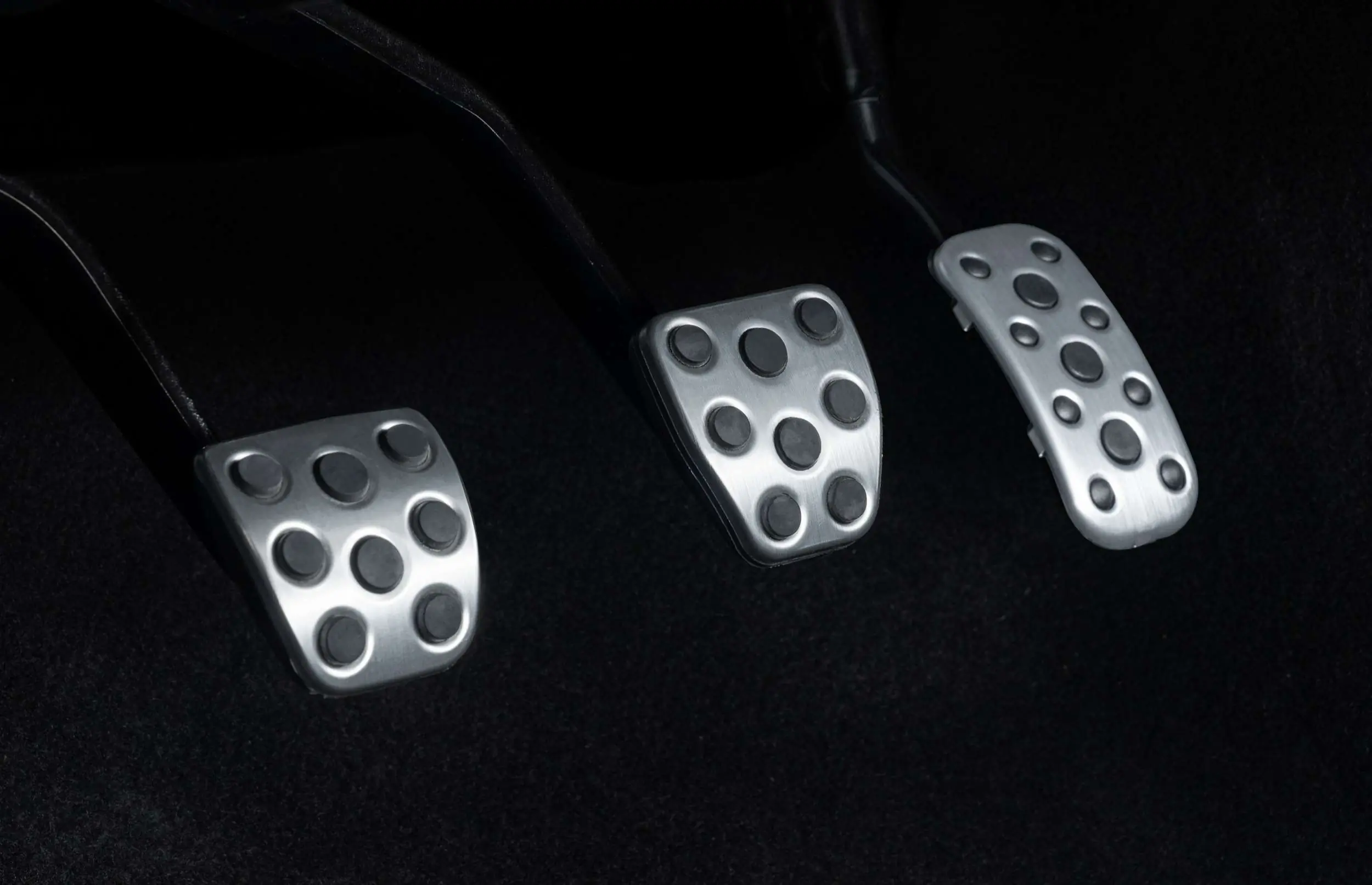
3. Turn On the Car
Depress the clutch fully with your left foot while depressing the brake pedal with your right foot. Then turn the key in the ignition, or press the Start/Stop button on many modern cars, to turn on the vehicle.
It can be helpful while stationary and holding down the clutch to move the gear shifter to all the gears to feel where they are. Eventually, you will know where each gear is by feel. But, don’t worry if it is a bit challenging to figure out at first.
4. Start to Drive
With the clutch still depressed, put the vehicle in first gear by moving the gear shifter to the “1” position.
Press the gas pedal very gently until you hear the car rev a bit. Let out the clutch very slowly while you slowly press down on the gas.
This is the trickiest part of driving a manual car and when most new drivers will stall. It will take some practice to find the sweet spot between engaging the clutch and gas, which is different for every vehicle.
Wait until you feel the car begin to vibrate a bit, and then press down on the gas a bit more as you finish letting your foot off the clutch.
Don’t let the clutch out too fast, or you will jerk the vehicle forward and stall. You may also stall the vehicle if you don’t give the car enough gas as you let out the clutch.
5. Change Gears
Once you get the car rolling, you will need to shift gears in order to go faster. First gear is only meant to get going and at very slow speeds in most vehicles. You will hear the engine getting louder as the engine revs increase — this is a signal that you will need to shift up a gear.
To shift gears, lift your foot off the gas. Then, you will once again press in the clutch fully. While the clutch is pressed in, move the gear shifter to the “2” position, or second gear. Then, let out on the clutch while you press in the gas, just as you did to engage first gear.
Continue this process as you speed up, through all of the gears. But, play around in only the lower few gears at first as you’re learning and not on major roadways, to not have too much speed while practicing.
Coming to a Stop
As important, maybe more so, as getting the car going is bringing it to a stop. To keep the car running and not stall when coming to a stop, be sure to depress the clutch pedal completely as you’re braking and about to stop. When the clutch pedal is fully depressed, the gearbox is disengaged, and you are in neutral.
It can be tiring to keep the clutch pedal depressed at a lengthy stop with the car running. If you need to rest your left foot, you can put the stick shift into the neutral position between the gears and then let off the clutch pedal. When you’re in neutral, you’re out of gear and can’t stall the vehicle. Just remember to keep the brake depressed so you don’t roll into anything around you.
Downshifting
Downshifting is a great way to slow down the vehicle without using wear-down parts, like brakes. To downshift, the process is the same as upshifting. Push in the clutch, shift to the desired lower gear, and release the clutch. You may have to ease back on the gas. Quite often, you won’t need to give the car any more gas, however, as you’re slowing the car.
Make sure you have slowed enough when you downshift that when you ease off the clutch, your engine does not over-rev. Do this by braking enough before doing the downshift gear change.
Reversing
Only put your car into reverse when at a complete stop.
Once stopped, depress the clutch fully with your left foot. Move the stick shifter into the “R” position, or reverse gear. Slowly let out the clutch until you feel the gears engage. Then, fully let out the clutch pedal smoothly.
When putting your car in reverse, you will need to use little to no gas and can use your right foot on the brake to control the car from going backward too quickly.


How to Drive a Stick Shift: Frequently Asked Questions
Starting from a stop on a hill with a manual car can be challenging. A hill can cause you to roll backward when you take your foot off the brake.
The best way to start on a steep hill is to use the hand brake to keep your car from rolling back as you press on the accelerator and take your foot off the clutch. You will need to give the car more gas than normal to get enough momentum to go up the hill.
Don’t use your clutch to hold your car in position on a hill. This can put a lot of wear on your clutch!
Rest your hand on the gear shift — this can wear out your transmission.
Accelerate too quickly when your car’s engine revs are low; instead, downshift or accelerate slowly.
Rest your foot on the clutch pedal — this can wear out the clutch.
This depends on whether you are slowing down or coming to a complete stop. If you are not coming to a complete stop but just slowing down a little bit, you do not need to press in the clutch. Try downshifting instead. If you are coming to a complete stop, you will need to press in the clutch to prevent your car from stalling.
You can also shift into neutral, which accomplishes essentially the same thing as if you had the clutch pressed in. But even shifting into neutral with the stick shift will require you to use the clutch pedal. This will allow you to stop your car without stalling, and you won’t have to keep the clutch in while stopped.
Your clutch can receive a lot of wear and tear if you are not careful. Learning to drive a manual car can put a lot of stress on your clutch. But there are a few things you can do to decrease this wear as you are learning.
Don’t spend long periods with the clutch pedal partially depressed. The clutch pedal should be fully let out, with your foot not touching it, 99.9% of the time you’re driving. When stopped or changing gears, it needs to be fully depressed and then somewhat quickly let out to engage a gear.
Also, resting your foot on the clutch or “riding the clutch” when you don’t need it can wear out your clutch. Rest your foot to the left of the clutch unless you are using it!
This depends, like most things, on how much you practice. It could take anywhere from 30 minutes to a few hours to get the basics down. From there, you just need time behind the wheel to learn how not to stall and how to be smooth with the clutch pedal, something you’ll have to get used to on every manual vehicle, as each has a different feel.
If you drive every day, it shouldn’t take more than a week or two to feel completely confident in your new skills driving a stick shift vehicle.


